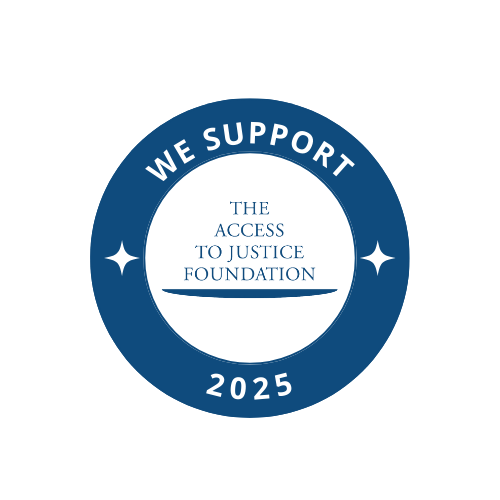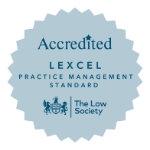Forgetting to file a form on time, including the wrong number in your calculations or simply misspelling a company’s name. We have all been there and we have all, at one time or another, experienced that sinking sensation the moment we realise we’ve made a mistake.
It’s not how we make mistakes, it’s how we correct them that’s most important. That’s why the Registrar of Companies has the power to amend or clarify its register in certain circumstances.
Companies House Register Rectification
A vital role of Companies House is to register company information and make it available to the public. This register must be as complete and accurate as possible.
Informally Amending a Mortgage or Charge
Companies House can informally correct forms relating to the registration of a mortgage or charge which contain incomplete or internally inconsistent material. This option is only available to correct specific information. Companies can sign up to this option by downloading and completing an informal correction notice of consent from the Companies House website which names a point of contact who Companies House will contact in the event the documents submitted are incomplete or internally inconsistent.
Replacing a Document
Companies House also allows you to correct inaccuracies made on certain documentation by filing a second filing of the relevant form online and using Form RP04. The majority of forms can be re-filed and a list of the applicable forms are available at https://www.gov.uk/government/publications/file-a-second-filing-of-a-document-previously-delivered-rp04. However, please note that the original incorrect form will remain on the register and cannot be removed. The only way to remove the incorrect form is via a court order or by application to the Registrar.
Removal and Rectification
Companies House may take the view that certain information in a document delivered to it is inconsistent. They may issue your company with a formal notice asking them to correct such inconsistences within 14 days of the notice. If your company fails to comply, it and every officer in default, is guilty of an offence.
In addition, Companies House can also remove from the register (a) unnecessary material and (b) material derived from a document that has been replaced because it was not properly delivered or replaced following the issue of an inconsistency notice. However, the use of this option is again limited and doesn’t relate to certain information the registrar is obliged to accept or that which had legal consequences, for instance in relation to the company’s formation.
Furthermore, Companies House can also remove certain material if it (a) derives from anything invalid or ineffective, or was done without the authority of the company or LLP or (b) is factually inaccurate or is derived from something that is factually inaccurate or forged.
Court Order
Finally, Companies House must remove anything the court declares to be factually inaccurate or that the court directs them to remove. The court can only order the removal of material whose registration has legal consequences (e.g. in relation to formation or a reduction in capital), if they are satisfied the material has caused/may cause damage to the company and the company’s interest in removing the material outweighs that of any other person in the information staying on.
Conclusion
As a director of a company, you have a legal duty to ensure your company’s filings are accurate and up-to-date at Companies House. There are certain offences committed on default depending on the specific filing but overall, it is an offence for any person knowingly or recklessly either delivering or causing to be delivered a document, or statement that is misleading, false or deceptive in a material way.
"*" indicates required fields

 Back
Back
















